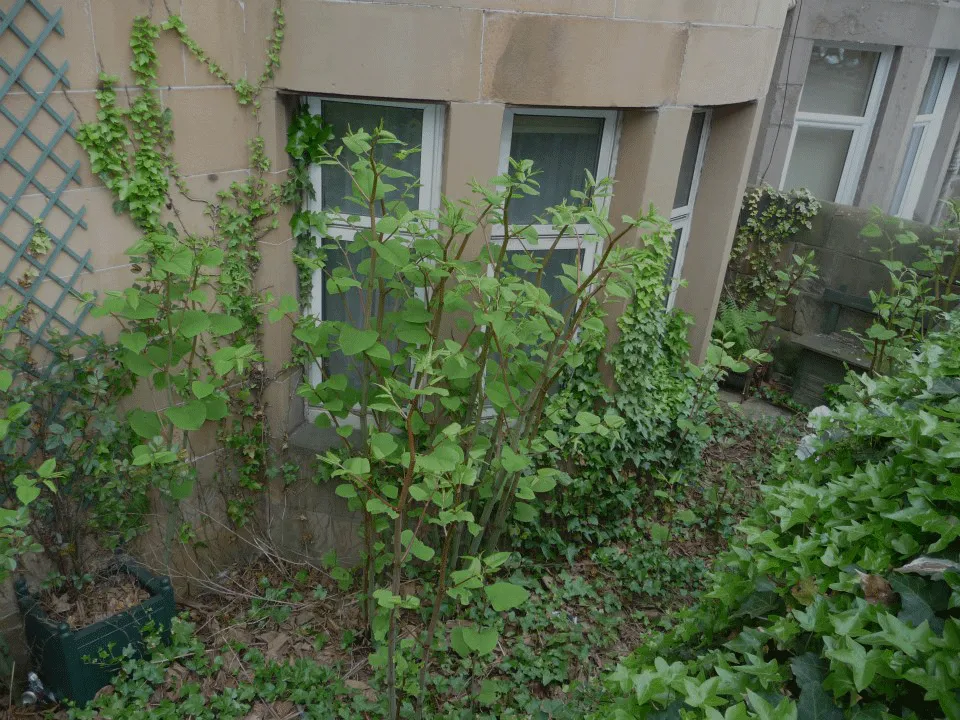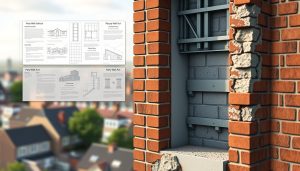You may not be aware that there could be a little-known threat lurking in your garden that could have serious structural implications for your building. Have you ever heard of Japanese Knotweed? If not, then now may be the time to sit up and take notice. It could spell bad news!
What is Japanese Knotweed?
Japanese knotweed (fallopia japonica) may appear to be a run-of-the-mill perennial weed but it is a lot more than that. For a start, it’s a highly invasive species that’s spread to virtually every corner of the UK and is very hard to completely eradicate. Secondly, this is no common or native weed but a specimen from Japan, having been brought here in the 19th century by scientists who assumed it would be a fine ornamental garden plant. This is something of a gross miscalculation.
Effect of Japanese Knotweed
These plants rapidly grow in warm, humid months – up to 10cm per day; they die back during winter and come back again the following year with a new strength. This fast growth has several knock-on effects: on biodiversity; flood management; and can damage property. They grow so fast they reduce natural biodiversity, cause problems for flood management and damage property. Mature specimens are powerful enough to undermine man-made structures, able to push up through patios, tarmac and concrete, and through drains and cavity walls.
How to identify Japanese Knotweed?
A Chartered Surveyor would ordinarily be able to spot medium/large-sized Japanese knotweed in your garden or outside your property. The leaves of the Knotweed plant are shield-shaped, pale green and typically grow to 10cm in length. The stems of Japanese knotweed are tall, bamboo-like, hollow with fine, reddish lines and can grow to 3m or more. When the plant blooms it has small, creamy white flowers in clusters on the stems in mid-summer, forming upright, racemose clusters up to 15cm long.
Where does Japanese Knotweed grow?
While it can be found in most places in the UK, Japanese knotweed will grow happily on any terrain and soil. Victorian properties are therefore most at risk, although any houses that were built in the mid to late 19th century are more than likely suffering from it also, as many gardens especially in port cities, such as Plymouth, had this planted to help eradicate soil erosion from the effects of numerous boats in and out the ports. UK maps as well as online plant trackers are also available to help identify areas where knotweed is a local problem.
Finding Japanese knotweed in your garden actually shouldn’t come as too much of a shock.
What if the Seller does not tell me about Japanese Knotweed?
On The Law Society’s TA6 Form (which forms part of pre-contractual enquiries that the seller must answer) there is a specific question about Japanese knotweed. If a false declaration is given you could sue the seller under the Misrepresentation Act.
Damage by Japanese Knotweed to Properties in Wimbledon London
You can appreciate that having knotweed present on the grounds (or in the near vicinity) of a property you are contemplating purchasing is a real risk that goes well beyond the annoyance of having to contend with fast-growing shrubbery in the garden.
This is a formidable plant that can grow through the asphalt, block drains, affect the stability of walls including dry stone walls and pavement etc., cause the deflection of tarmac on roadways amongst infesting lawyer plants in cities and the like, are known for breaching the weakest points in masonry, subsidence to underpinning and are frequently the root cause of disagreements between neighbours or the local council, including with building societies.
How Wimbledon London Property Value is affected by Japanese Knotweed
It is no surprise, therefore, that mortgage lenders aren’t keen on lending on knotweed-afflicted properties. Many will not approve a loan if the property shows any sign of developing Japanese knotweed within seven metres of the boundary or of growing through a property’s boundary wall, drain or byre.
Of those mortgage lenders who do approve, they will insist on a Knotweed Management Plan (KMP) being in place; a prerequisite, in fact, for buying and selling properties that are affected by knotweed.
Japanese Knotweed Solution to House Purchase
All these mortgage lending hurdles have created a niche for some talented knotweed consultants who are ready, willing and able to design management plans to not only eliminate the knotweed in situ but to provide independent insurance-backed warranties.
Environmental Agency regulations state that as soon as knotweed is found on the property, you need to establish some form of knotweed control management plan, or else.
















